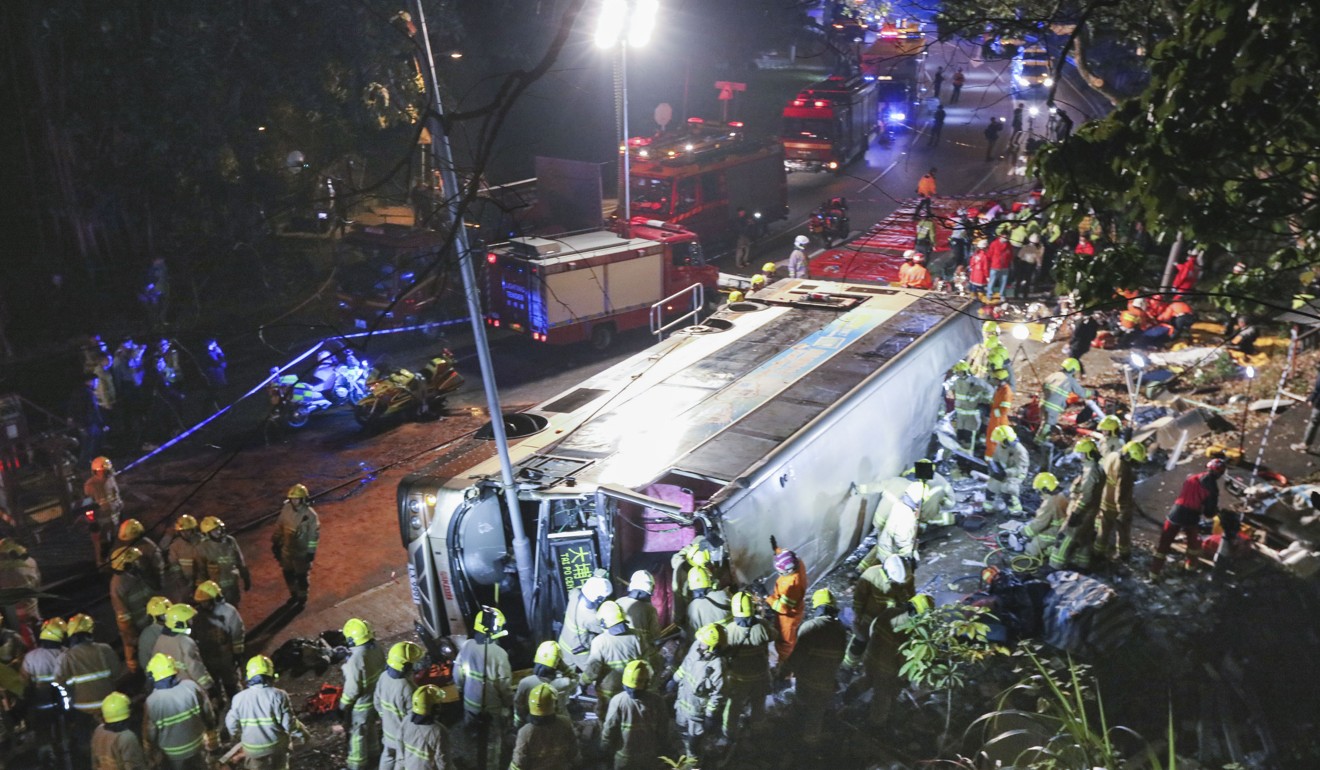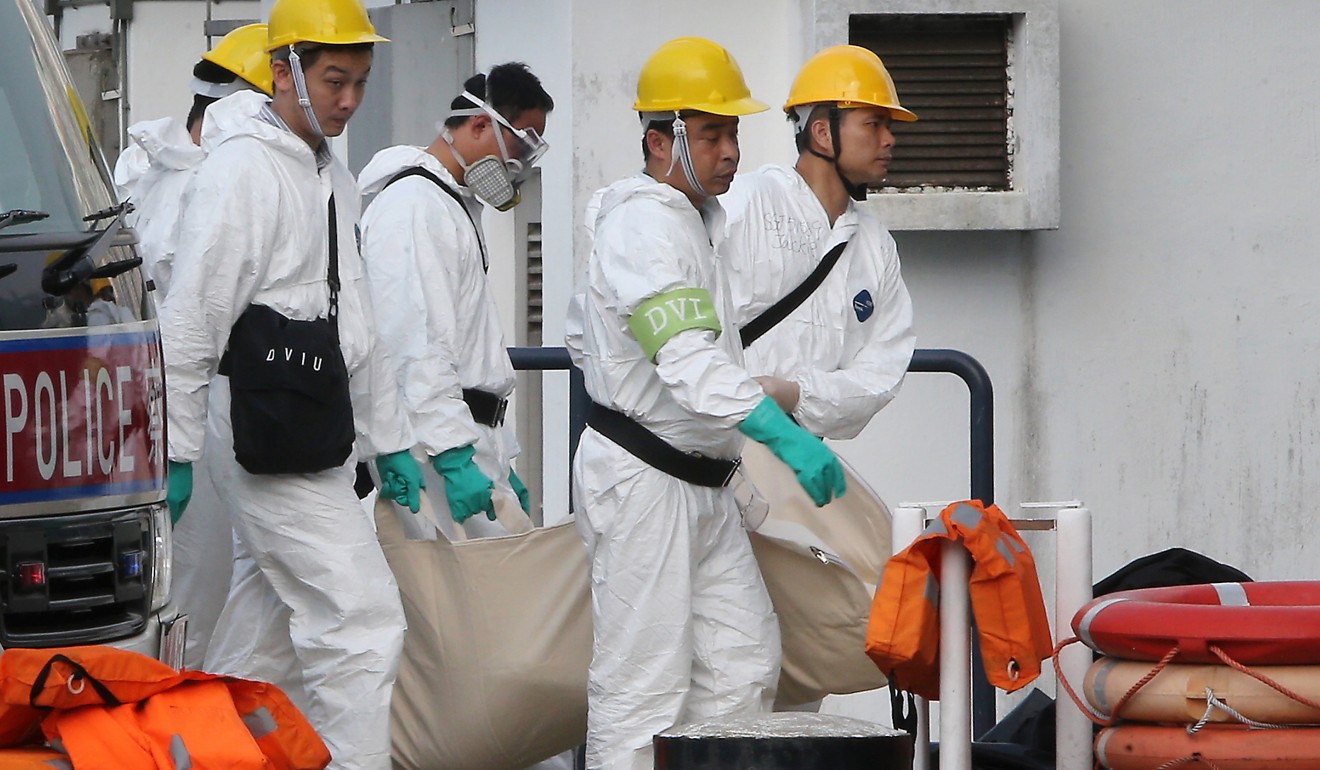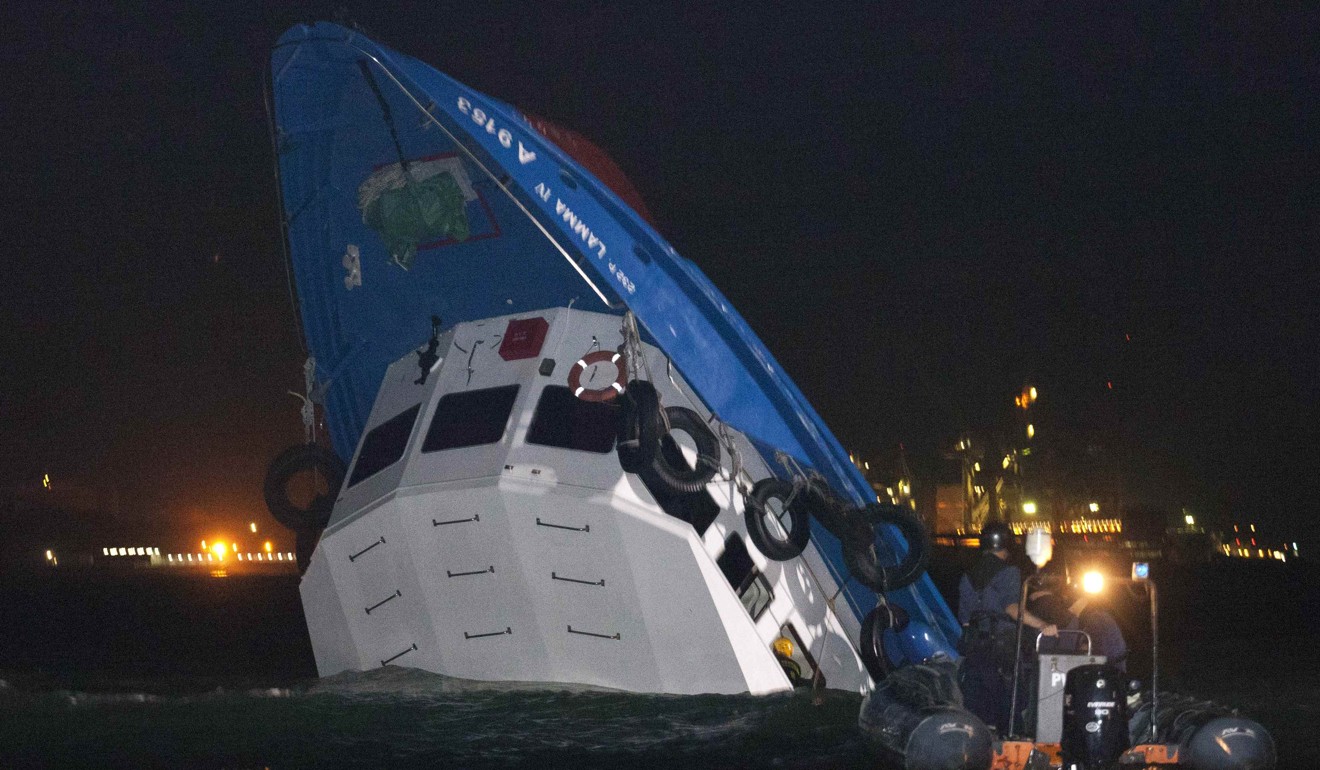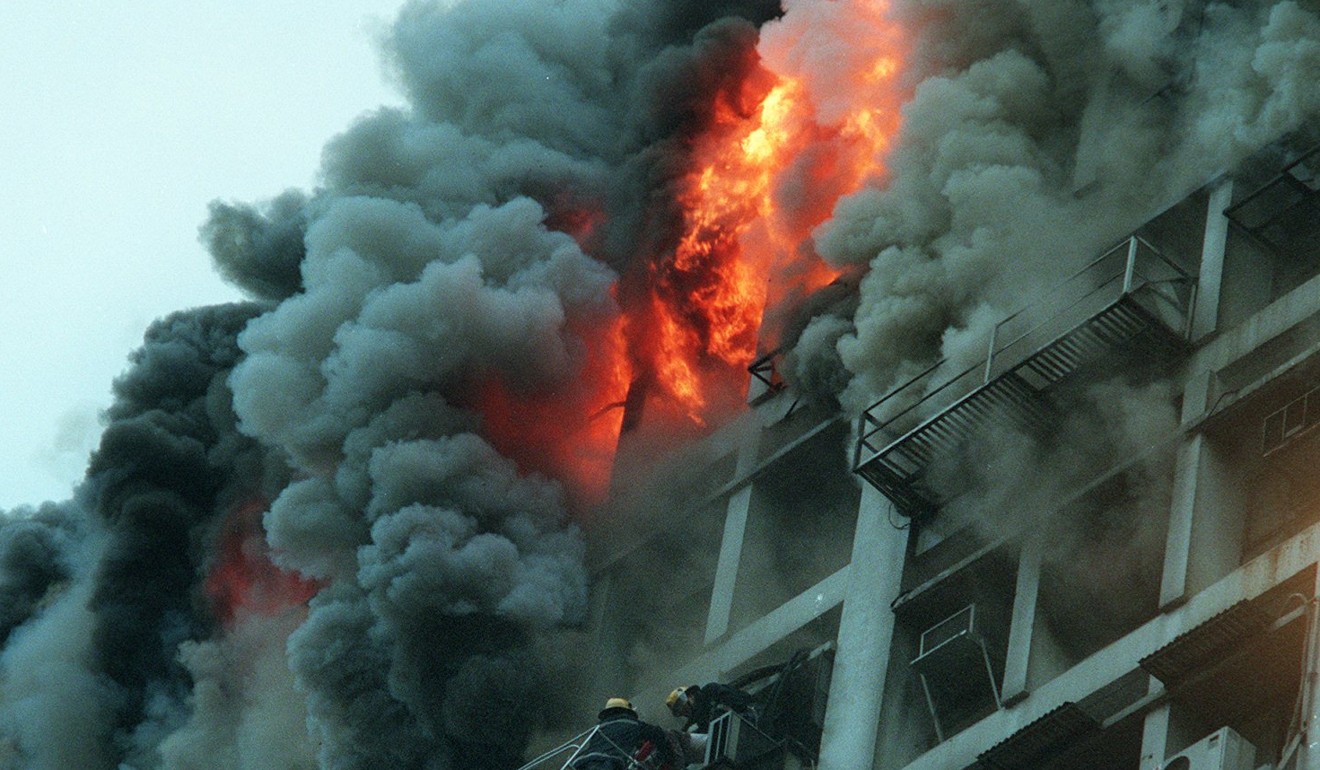
Tai Po bus crash just the latest brush with tragedy for Hong Kong police officers charged with identifying victims’ remains
Unit’s commander says some victims of last month’s smash were so disfigured the photos on their ID cards were no help
The bodies of victims from the Tai Po bus crash last month were so far beyond recognition that the photos on their ID cards did not help police identify the dead, officers have recalled.
And for many of the officers, helping in the clean-up was just the latest in a series of far-too-close encounters with tragedy.
“Though we found property and identity cards near the bodies, we could not even recognise the victims by the photos on the cards,” said Yau Nai-keung, commander of the force’s Disaster Victim Identification Unit (DVIU), who was on the scene soon after the accident on the night of February 10.
Nineteen people died and 65 others were injured when a KMB double-decker travelling from Sha Tin racecourse towards Tai Po suddenly swerved out of control and flipped on its side while making a turn near Tai Po Mei. It was the city’s deadliest bus crash in nearly 15 years.

“Many bodies were broken and incomplete because the impact was too enormous,” Yau said. “It is a sad incident, that a normal human being could become so unrecognisable.”
The 640-member DVIU responds to fatal disasters to identify victims’ remains. Its officers’ job is to document the body or remains, number it and take it to the mortuary.
Yau said he initially sent about 300 DVIU officers to work on the bus crash, half of them to the scene and the rest to Kwai Chung public mortuary. But in the end many workers on their way to the crash site were called off, as the operation was less complex than expected, and under control.

“We want to relieve members of the public, who have lost contact with their relatives, as they might worry that their loved ones have fallen victim,” he said. “Eventually many family members identified the bodies by personal belongings that night.”
In cases where the body is too disfigured for relatives to identify, officers used fingerprints, dental records or DNA samples to get a match.
The ugly and affecting work of the DVIU, though mostly only in the public consciousness after a tragedy, is something familiar to all of the force’s crime detectives, who have to do a year of training with the unit.


“The most unforgettable scenario is seeing children’s corpses. I also have children. It gave me a very strong feeling,” he said. “They had soaked in the water for a while which made the body swollen. It added difficulties in identification.”
The most unforgettable scenario is seeing children’s corpses. I also have children. It gave me a very strong feeling
“I helped DVIU members to escort the corpses to the mortuary. I knew I was carrying a dead body, but visually you could not tell,” he said. “It was so burnt. You could not see the face and clothing. You could not tell the sex.”

The unit says a large part of its officers’ jobs is being aware of the anguish of relatives and friends waiting for news of a loved one after a disaster. Police psychologists give members a briefing before each operation and prepare them for scenarios and emotions likely to come up when dealing with relatives in that situation.
As fatal bus crash raises transport safety questions, a survivor is ‘scarred for life’
But trauma aside, a history of working on some of the city’s most tragic accidents has left Wong with a keen appreciation for their basic senselessness.
He said: “The strongest impression from this job is that many disasters and serious incidents could be avoided. A random act of negligence can lead to an unwanted consequence.”

